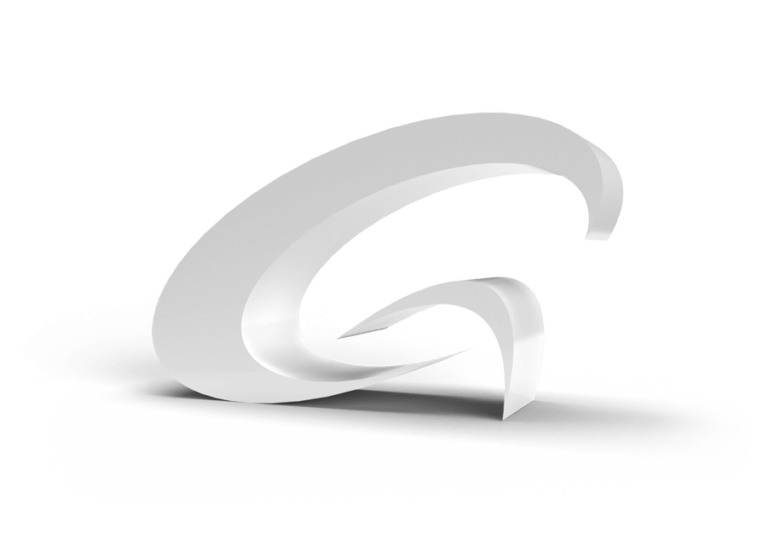We’ll explore ways that contract testing labs can stretch their remaining lab budget while maintaining high performance, compliance, and operational readiness through the second half of the year.
Looking for a smarter way to outfit your lab without draining your budget? Financing refurbished lab instruments offers a cost-effective, flexible solution that helps labs like yours maintain performance, manage cash flow, and avoid costly downtime.
Financing refurbished instruments helps labs reduce capital strain, speed up deployment, and stay operational without compromising performance.
When downtime is a concern, it may be tempting to invest in brand-new instrumentation to avoid risk. But modern labs are beginning to reevaluate this logic, especially when budget constraints and supply chain delays come into play.
Refurbished equipment, once viewed primarily as a cost-cutting measure, is now being recognized for its strategic benefits. Chief among them: availability, cost stability, and reduced exposure to international tariffs.
For contract testing labs, the need for analytical instrumentation is constant, but capital isn’t always. That’s where financing refurbished lab instruments offers a strategic advantage.
Financing refurbished instrumentation provides labs with fast, reliable access to quality instrumentation without the financial strain of large upfront costs.
Analytical instrumentation is essential for research, product development, and quality control, yet new instruments come with a hefty price tag.
Discover 5 key reasons why purchasing refurbished lab equipment is often the better option over buying new.
In industries where precision, compliance, and reliability are paramount, redundancy in contract testing labs is essential.
To help manage costs, many contract testing laboratories are turning to refurbished analytical instruments as a practical solution.
Accurate microplastics analysis requires reliable calibration standards. This article explores the Frontier Labs Microplastics Calibration Standard Set.
